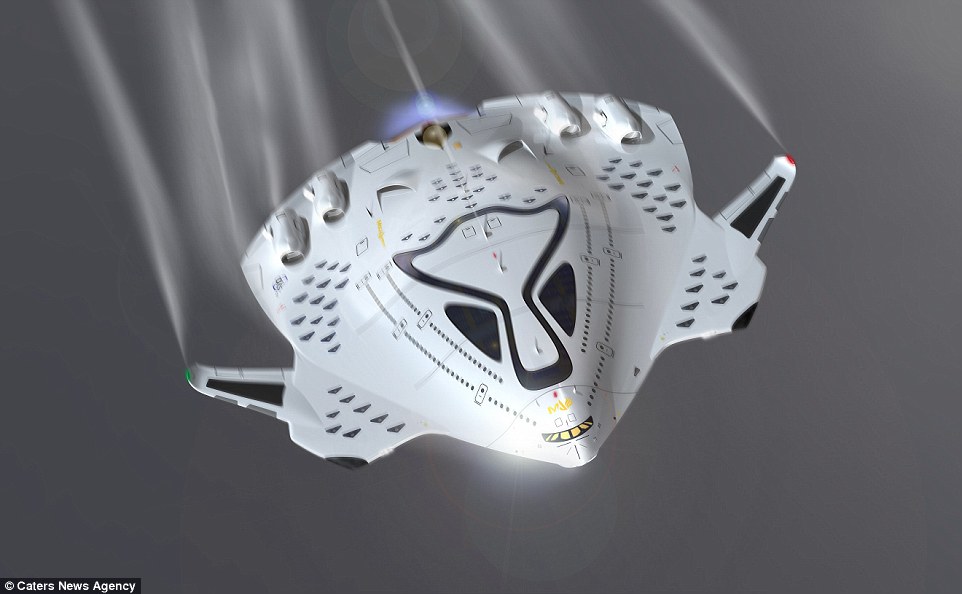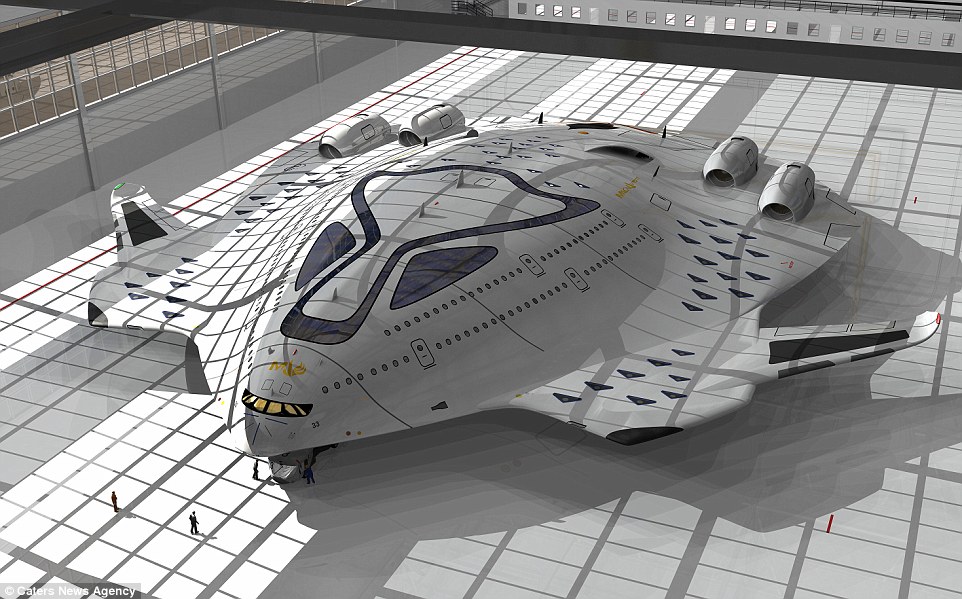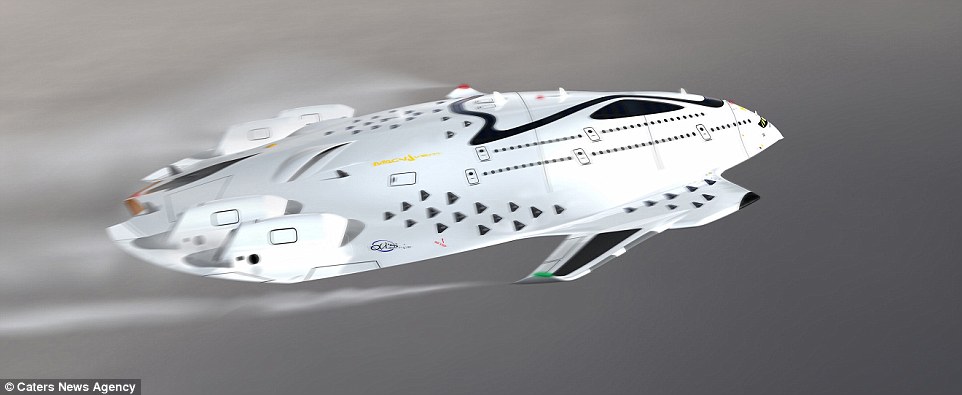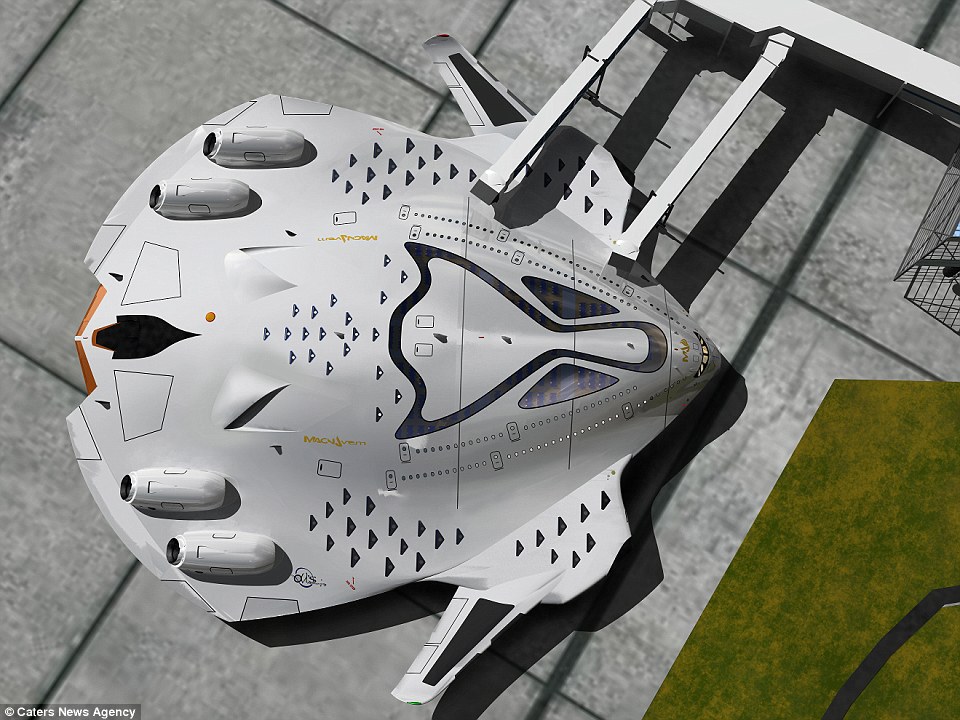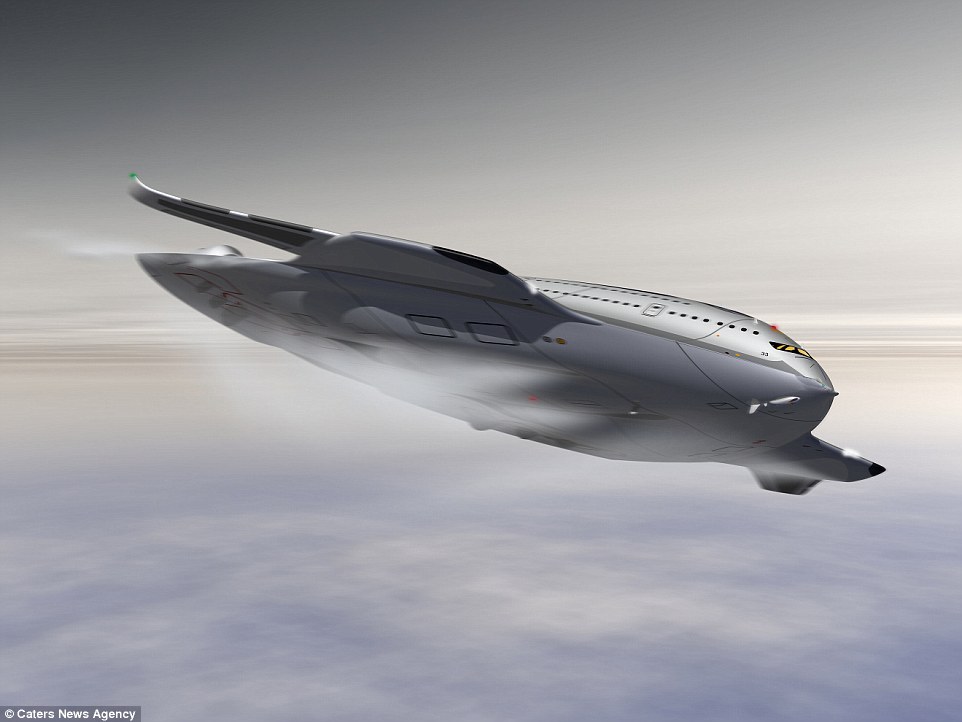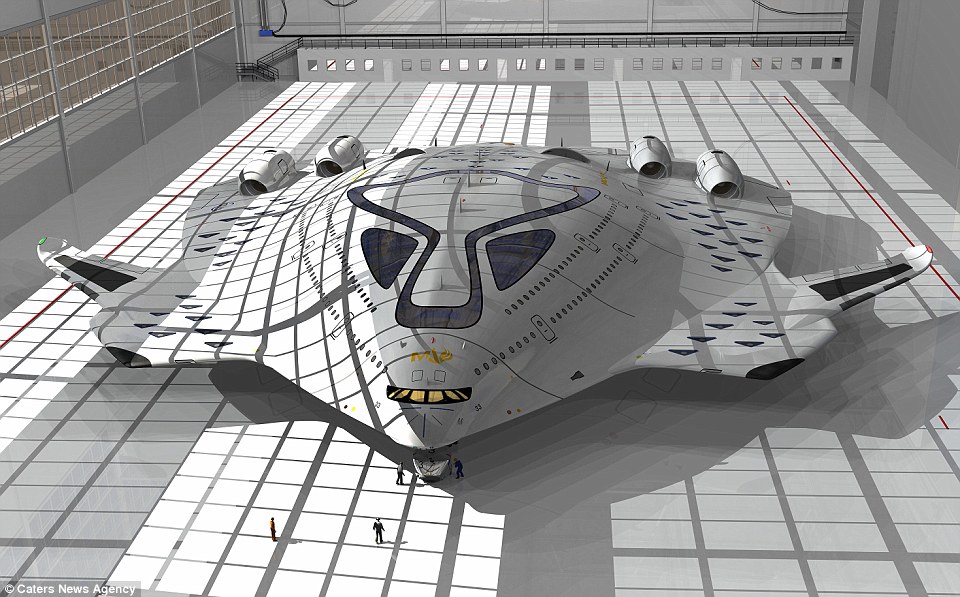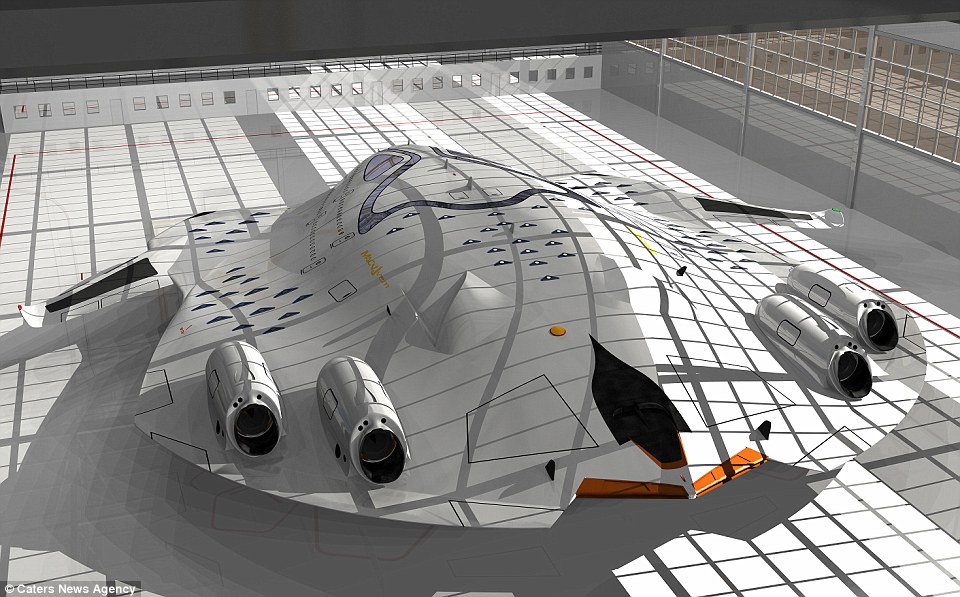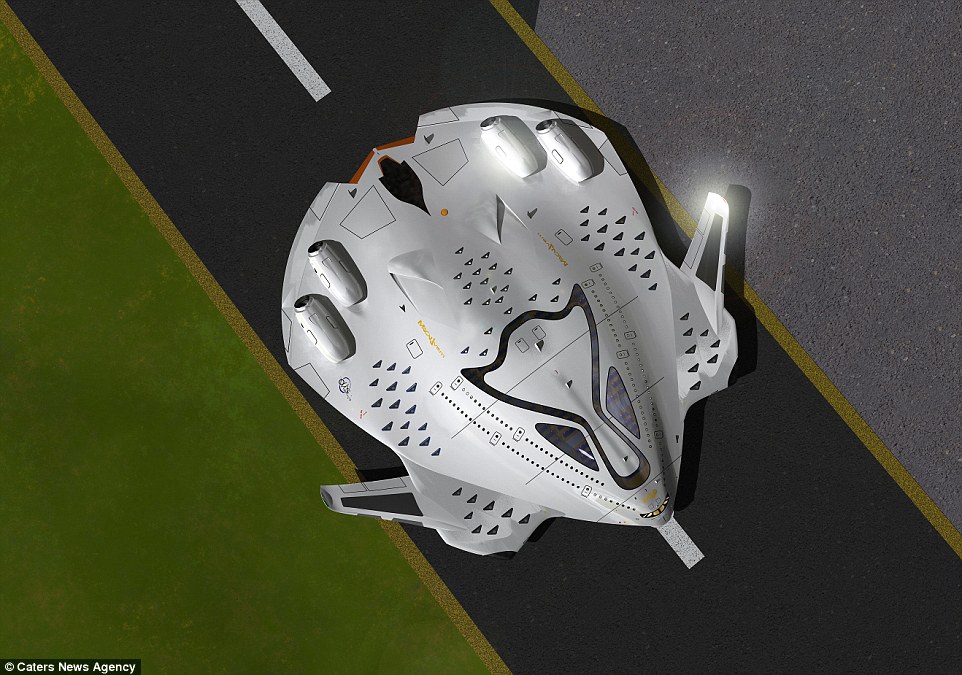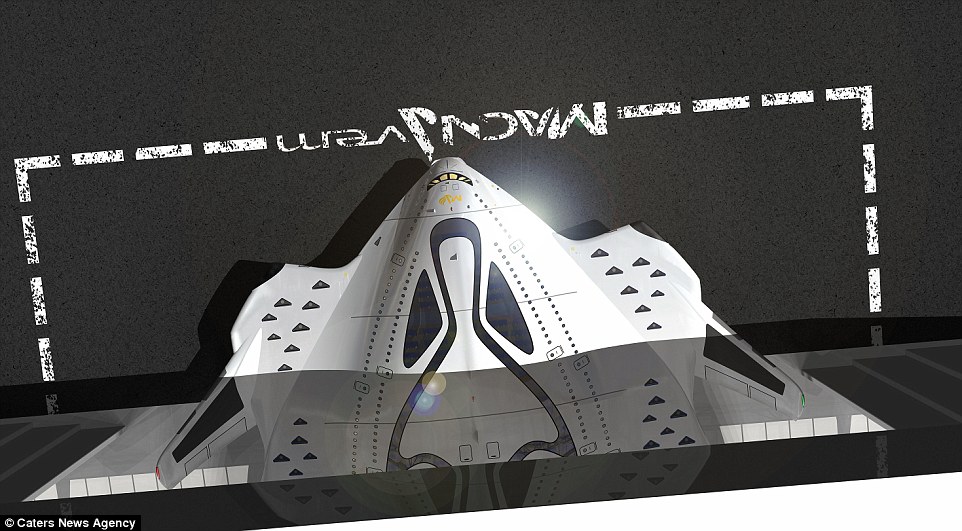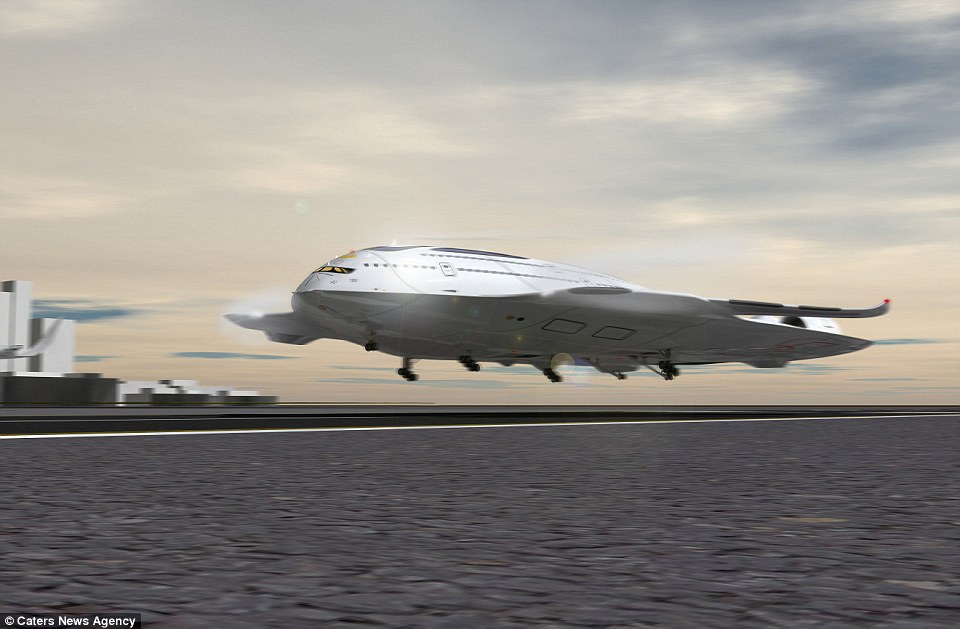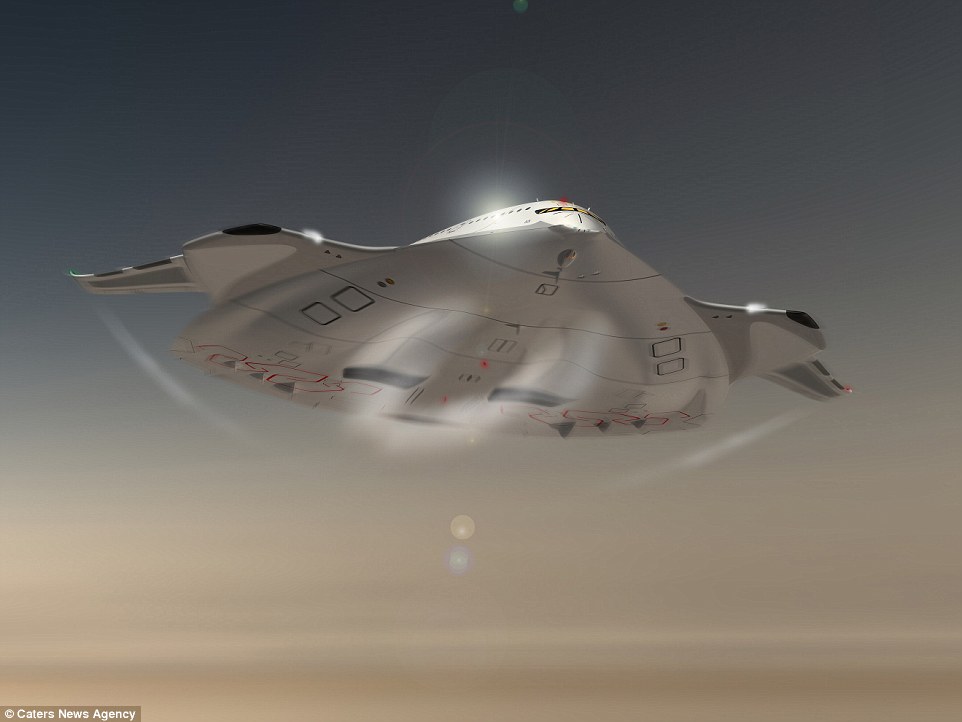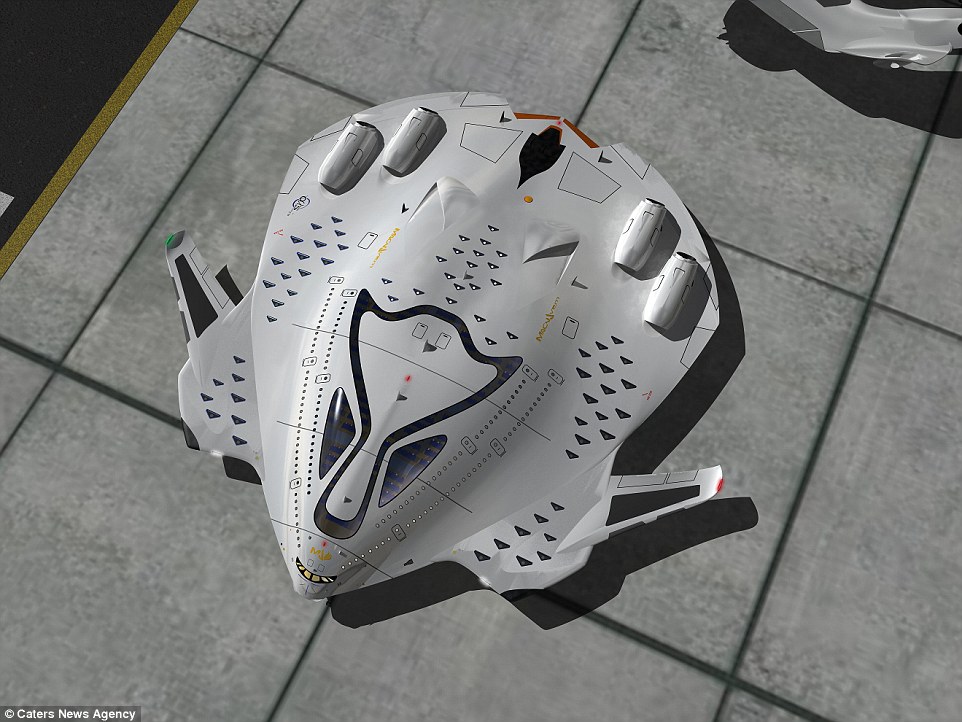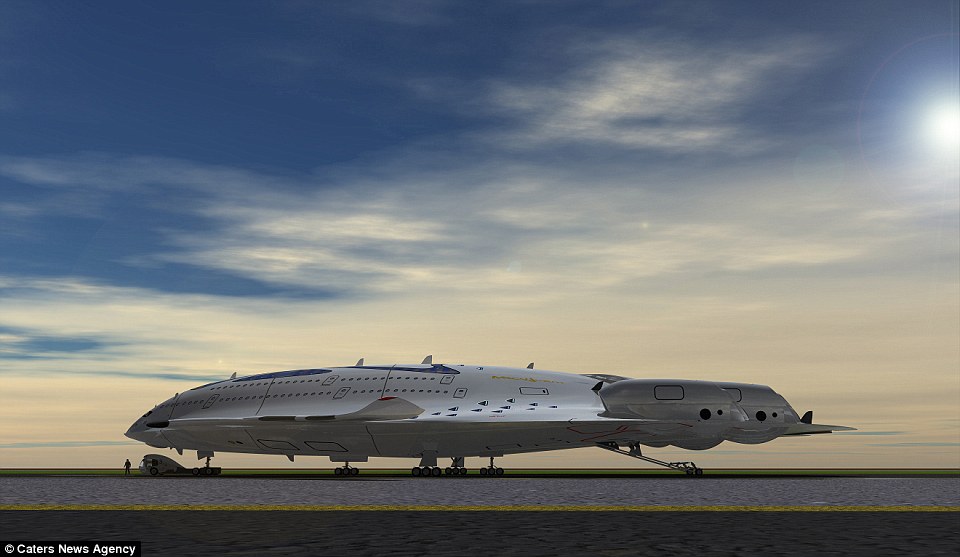يمكن للمفهوم الجديد للطائرات ذات التكنولوجيا النووية أن يحدث ثورة في مجال السفر لمسافات طويلة، باعتبار أن سرعتها تفوق الصوت، فضلا عن أنها صديقة للبيئة.هذا المشروع بدأ عندما صممت شركة (أوسكار فينالس) الإسبانية نموذجا جديدا “للطائرة النووية” شبيها بسفينة فضائية، حيث يمكن لهذه الطائرة أن تختصر زمن الرحلات بشكل قياسي، إذ لن تستغرق الرحلة من لندن إلى نيويورك سوى ثلاث ساعات فقط، إلى جانب انعدام إنتاجها لأي انبعاثات كربونية طوال الرحلة.
وتستطيع الطائرة الوصول إلى سرعة قصوى تقدر بـ1.5 ماخ (قياس يبين معدل السرعة الحقيقية إلى سرعة الصوت)، أي حوالي 1.150 ميل في الساعة.
وتحمل الطائرة اسم (Magnavem)، وتعني باللغة اللاتينية “الطير الكبير” وفقا لمخترعها، ويمكنها الحصول على طاقتها من “مفاعل الاندماج”، وذلك بالاعتماد على عملية مماثلة لتلك التي تبقي الشمس محترقة، وهو ما سيوفر كمية قياسية من الطاقة الكهربائية.
والاندماج النووي أو “مفاعل الاندماج”، هو عملية تحاكي ما يحدث داخل الحقل المغناطيسي الذي يبعث طاقة من الهيدروجين بشكل مضبوط لإنتاج الطاقة التي يمكن استخدامها.
كما تتميز الطائرة بنظام تنظيف ثاني أكسيد الكربون، ما يجعلها صديقة للبيئة، وبفضل تقنياتها الداخلية المتقدمة، يمكن شحنها بسرعة كبيرة خلال وجهتها.
ومن شأن نظام الذكاء الاصطناعي الداخلي أن يحسن وظائف الطائرة، بينما تتحكم مشغلات البلازما في تدفق الهواء إلى الأجنحة وفي جسم الطائرة.
ويعتقد فينالس، البالغ من العمر 40 عاما، أن طائرته التي عمل عليها لأكثر من عام، يمكن أن تحمل 500 راكب، وأنها ستكون جاهزة للتصنيع في غضون 10 إلى 15 عاما.
